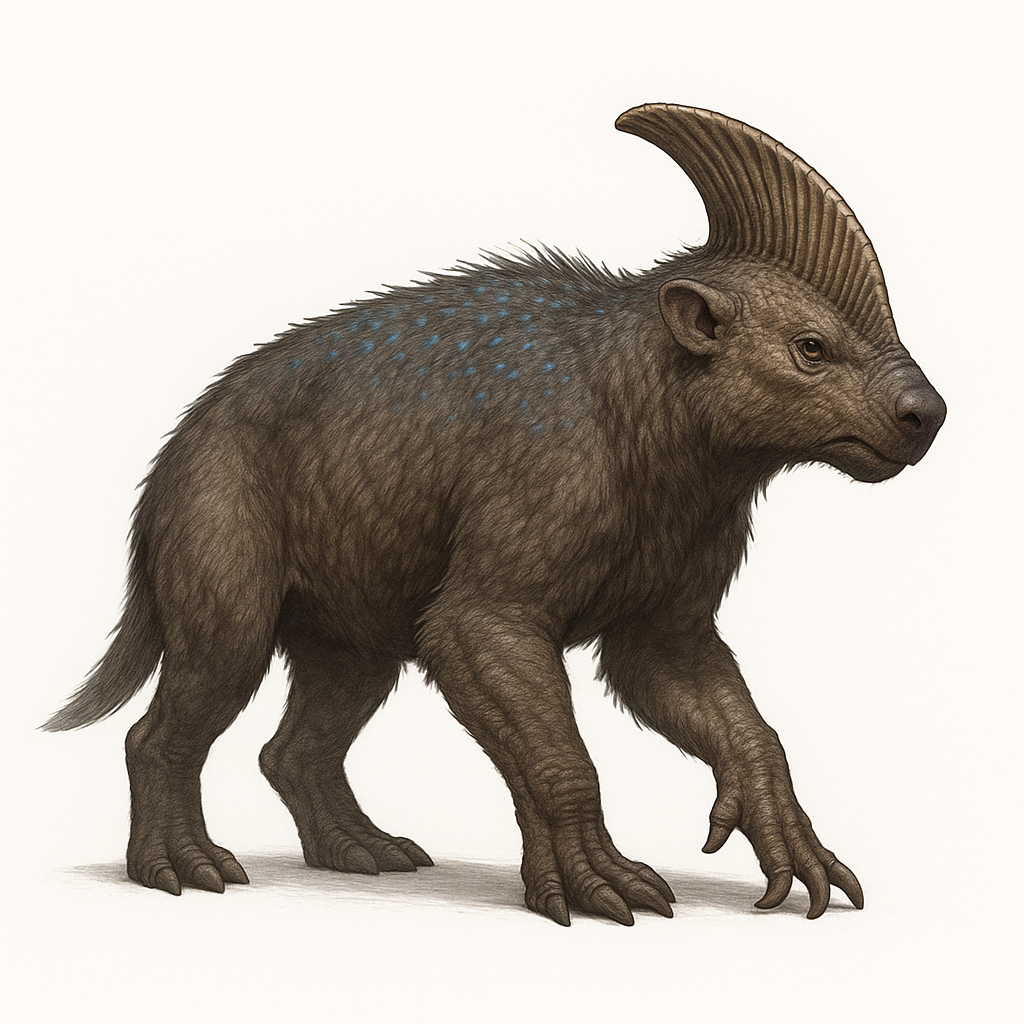Xarvii
Xarvii
Scientific Classification
Kingdom Theriotherma
Phylum Graviphora
Class Magnomammalia
Order Electrocerida
Family Xarviidae
Genus Xarvion
Species X. magnetocrista
Biological Profile
Height 0.8 meters
Length 1.2 meters
Weight ~40 kg
Lifespan 9–12 years
Diet Omnivorous (mosses, insectoids, marrow)
Reproduction Viviparous
Offspring per cycle 1–3
Environmental Adaptations
Habitat High-altitude scrublands, crater forests
Primary Senses Electromagnetic field detection, infrasonic vibration mapping
Locomotion Digitigrade quadruped with climbing specialization
Thermal Tolerance Moderate; storm-edge acclimatized
Respiration Dual-lobe lung structure with particulate filtering
Skin Composition Dense dermal layer infused with magnetite strands
Behavioral Notes
Activity Cycle Nocturnal
Social Structure Semi-solitary; temporary foraging clusters
Navigation Electrosensory mapping of pulse gradients
Communication Infrasonic calls via cranial crest resonance
Storm Response Pre-storm burrowing or ledge compression behavior
Cultural & Ecological Significance
Krovenn Designation Thal’Unrik (“Storm Listener”)
Imperial Classification Class II (Harmless, ecologically beneficial)
Mythic Reference Messenger of the Veil (Krovenn storm-lore)
Research Utility EM field monitoring via behavioral tracking
Related Creatures
- Ammarith (microfauna competitor)
- Korrum Drake (apex predator)
- Ghorak Beetle (symbiotic burrow cohabitant in forest basins)




Comments